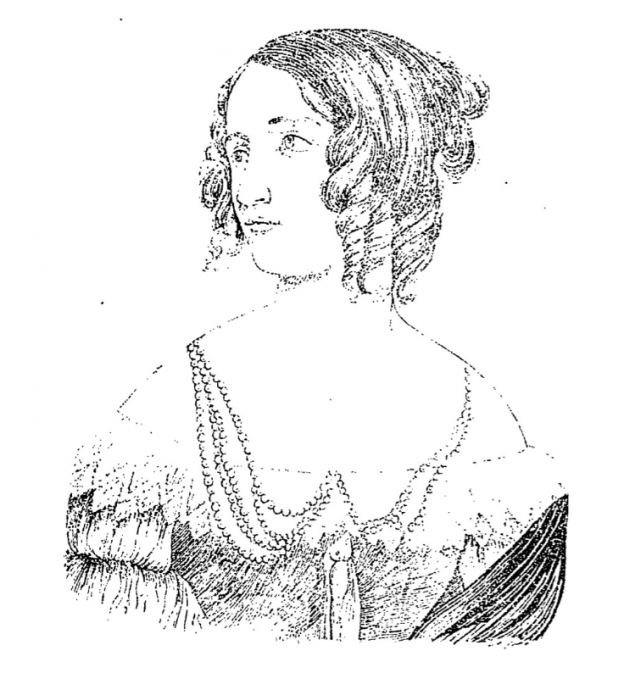The question of how medieval people regarded and valued the foetus, and whether they saw abortion as being homicide or not, was raised, and debated, quite a lot, following the Dobbs case in the United States. The opinion of those who know about medieval law has generally come down against the selective and otherwise questionable use of medieval English authority by judges in the case.[i] I have many issues with the ways in which judges in the common law world cherry-pick and simplify past legal materials, or accept without appropriate questioning the contentions of advocates regarding their meaning: the misuse of such materials in modern courts is a multi-faceted problem. One aspect of the problem, when it comes to the foetus/pregnant woman issue is the failure to take seriously the impact which procedural matters might have on the way a case appears in the remaining documents. It is all too easy to conclude that we are seeing a substantive rule, when, in fact, the ‘rules of the game’ of pleading, or ‘form of action’ may actually have dictated what could be argued or included.
A nice example (in the legal sense, thoroughly nasty if the things described actually happened) is in a 1454 King’s Bench plea roll: KB 27/771 m. 35 (see it here on AALT). This concerns an appeal (individual prosecution) against Walter Fairstede lately of London, a yeoman or glover, Agnes his wife, and William Couper, a London yeoman, brought by John Stanford, for the death of Margaret, widow of John Henry.
The accusation was that, on 26th October, 1452, somewhere in Westminster, Walter and Agnes had assaulted Margaret and killed her. The attack was not, for once, said to have been carried with weapons, but with punches to the belly of Margaret, who was pregnant, or ‘great with child’. Both Walter and Agnes were accused of punching Margaret, Walter going first, with a right-handed punch to the left part of Margaret’s belly, and then Agnes punching her in the middle of the belly. Each of the blows was alleged to have been sufficient to kill Margaret (meaning that both assailants were ‘principals’). William was an accessory: said to have assisted but not said to have thrown any punches. Margaret was said to have died following the assault, but not immediately: she ‘languished from 26th Oct to 7th December, 1452, and then died, in Westminster.
All of the accused were found not guilty by a jury – as ever, who knows about the truth of any of this, and who knows what the accusation was supposed to indicate, in terms of motive – a random stranger attack, robbery gone wrong, abortion (whether consensual or not) … much is beyond us. Nevertheless, there are things to consider. While we are told, more than once, that Margaret was pregnant, and visibly so – showing that this was something seen as important – nothing direct is said about the fate of the foetus. We may imagine that it would be unlikely that there would be a live birth, in the circumstances, however, and may deduce that there was no live baby, from the fact that the man bringing the appeal, described as Margaret’s relation (in fact an uncle on her father’s side), was also stated to be her heir. That would not have been correct, presumably, had she had a living child (assuming it would have been legitimate – we do not know how long Margaret had been a widow, of course)..[ii] What can we read into the non-mention of the foetus/baby? One view might be that the foetus was unimportant, so not worth mentioning. I think that the better view is that the loss of a niece’s baby would probably not have been something for which an uncle could bring an appeal, since it would be too far removed from him to be seen as his loss.[iii] So, an example of ‘form of action’ setting the limits of what might be alleged, and not necessarily saying anything about the value, or not, of a foetus, in the medieval period. This remains a very difficult question – and I do not think that there was one clear ‘medieval legal view’ (let alone ‘medieval view’) on this.
One last thing which seems to me to hint at the complexity, and perhaps tensions, of medieval views in this area is the interesting difference in the way in which the two relevant dates are given. The date of the attack is given by day, month and regnal year, but the date of death is given in the old-style ‘by reference to a holy day’ manner – as ‘the following Thursday next before the Conception of the Blessed Virgin Mary: a complicated maternity-and-foetus-related feast if ever there was one. Simply indicative of a transitional period in legal dating, or something more interesting, in terms of attitudes and concerns?
GS
6/5/2024
[ii] It is possible that she did have a live-born child, which died before the proceedings were brought: I am not sure that we know the critical date for appeal right. This case is quite interesting from the appeal right point of view too.
[iii] In this case, I suppose he is the heir because there was no living child, so in a sense he gained from these events. That is not unique to uncle appeals, however.
Had Margaret’s husband not been dead, perhaps he might have brought an appeal framed in a different way.
Image: Westminster – yes, I am embracing radical anachronism. It’s symbolic of past-present confusion, or something.




